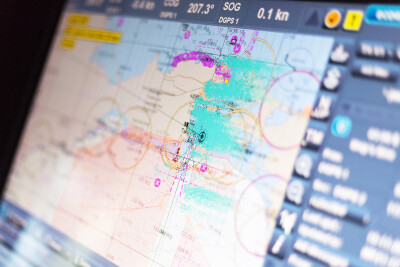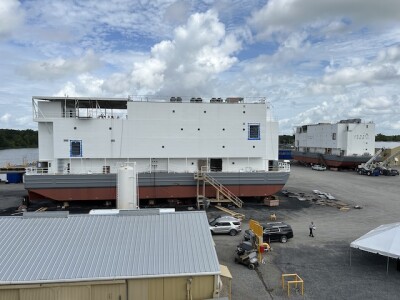Crude oil prices remain under pressure. The inability of OPEC and its new best friend Russia to agree to remove more oil from the global market in the face of collapsing Chinese demand is likely to spook oil and gas company capital spending — at least for a while.
This is not good news for the offshore sector, but it is news it can weather for much of this year without disrupting the nascent recovery. Just as the offshore industry was throttling up activity, along comes a Black Swan – the coronavirus. (No, this virus has nothing to do with Corona beer – if it did, there are plenty of other brands to drink.)
The coronavirus came out of left field and has intensified at a more rapid pace than the SARS epidemic of 2002-2003. It is rapidly becoming as deadly as SARS, but some drugs are proving somewhat helpful in fighting the illness offering hope that it won’t be as bad. The virus’s surprising arrival, and its speedy spread, has medical officials declaring health emergencies and governments reacting by shutting down commerce with China. That has translated into a sharp drop in oil and gas demand, including ‘force majeure’ declarations on certain LNG contracts.
The unknown magnitude and duration of the virus, coupled with the swift and significant snuffing out of commerce with China, finds the energy business having to slow its capital spending plans. With little data to go by, energy forecasters have issued projections suggesting global oil demand could fall by a few hundred thousand barrels per day on average for 2020, to up to four million barrels per day for the first part of the year, with a recovery beginning in the spring. Neither scenario, nor any others, are good for oil prices.
Oil company executives will view the virus as a temporary demand disruption, much like what occurred during the SARS epidemic, or maybe more like what happened during the 1998 Asian currency crisis. The first event erased a chunk of demand from the global oil market, while the latter only hurt Asian consumption. In both cases, oil prices took a hit, needing a while to recover. Given this history, energy executives will be cautious in looking over the valley to better days at the end of this year or in 2021. The risk for the offshore service industry is not to projects already underway, but rather to those that were poised to move forward.
Slow-walking spending is an art form oil company managers have perfected. The net result is that the offshore recovery timeframe is being pushed out, though it’s too early to know how far out. Boldness of action is not something many executives will risk given the many unknowns. Keep the faith, the recovery will continue.





